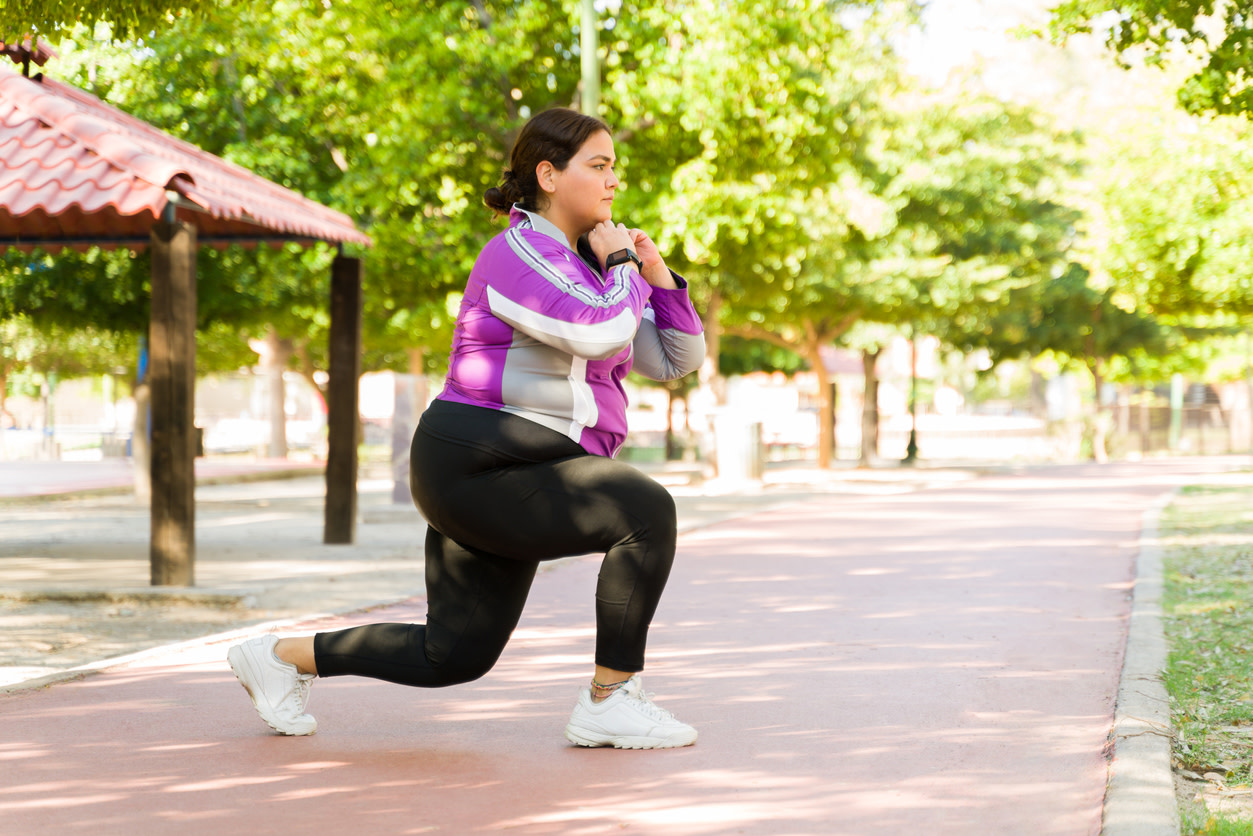Tight hip flexors: causes, treatment, and exercises to help open your hips
Got tight hip flexors? Learn what causes them and which exercises can help open your hips, recommended by physical therapists.
$0 cost to you
Last Updated: May 7, 2025
Table of Contents
Fully covered hip pain relief
Find relief from hip pain, buttock pain, hip tendonitis, & more.
Check if I'm eligibleHip-opening exercises
Want expert care? Check if you're covered for our free program →- Hip Flexor
- Clamshell
- Lunges
- Side Lunges
- Standing Hip Extension
